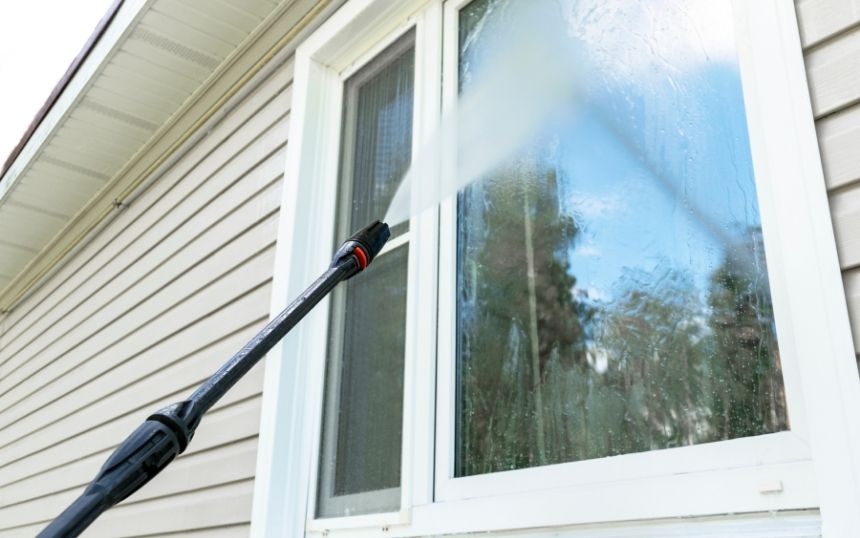Tips for Cleaning Up After Severe Weather

The aftermath of severe weather is often disorienting, with homes and communities suddenly thrust into chaos. Weather-beaten homes, once shelters of safety and comfort, now require diligent attention to return to pre-storm conditions. It’s crucial to prioritize safety measures, assess the damage, plan your recovery, and ensure emotional well-being. In this comprehensive guide, we discuss a few tips for cleaning up after severe weather that will help homeowners and families renew their spaces.
Prioritize Safety First
Your first order of business is ensuring the safety of all involved. Depending on the severity of the weather event, this can include anything from checking for gas leaks and structural damage to wearing protective gear and handling hazardous materials.
The seemingly simple act of clearing debris can pose hidden dangers, from downed power lines to unstable piles of rubble. Prioritize safety; preventative measures can save lives and avoid further property damage. Always enlist professional help for large-scale disasters, and never enter a severely damaged structure without proper inspection.
Damage Assessment and Planning
Assessing the damage’s full extent is your next critical step. Take a systematic tour of your property, photographing and documenting everything for insurance claims. Make a note of any structural concerns, water intrusion, and the presence of hazardous materials like asbestos or lead.
With the assessment complete, create a detailed plan with a thorough cleanup sequence and timeline, necessary resources, and your budget. Consider consulting with a disaster restoration specialist or your insurance company for more clarity. This advanced planning will streamline the recovery and help you regain control during this tumultuous time.
Deep-Cleaning and Restoration Strategies
The cleaning phase is where the heavy lifting begins, physically and emotionally. This is the time to prioritize debris removal, sanitizing affected areas, and preventing or addressing mold growth. Consider renting a dumpster for storm cleanup to assist in the removal of debris or damaged property.
Remove all water-damaged materials to curb mold, a common post-storm issue. Airing out the property, using dehumidifiers, and employing eco-friendly cleaning solutions will help restore a fresh and clean environment conducive to healing. Remember, restoration is not just about materials—it’s about reclaiming your sanctuary and sense of normalcy.
Uniting With Community Resources
After a severe weather event, local communities often mobilize resources to assist those in need. From volunteer cleanup crews to shelters or food banks, these services are a lifeline during recovery. Contact your local municipality or community organizations for information on available resources.
Additionally, consider how to reciprocate this support, whether it’s through volunteering your time or providing goods to those who may still be in need.
These tips for cleaning up after severe weather can pave the road to recovery and a renewed space. By adhering to safety protocols, conducting thorough assessments, engaging in a meticulous cleanup process, and tapping into community resources, you can restore your home and fortify it against future storms.





